kombucha tea to sugar ratio
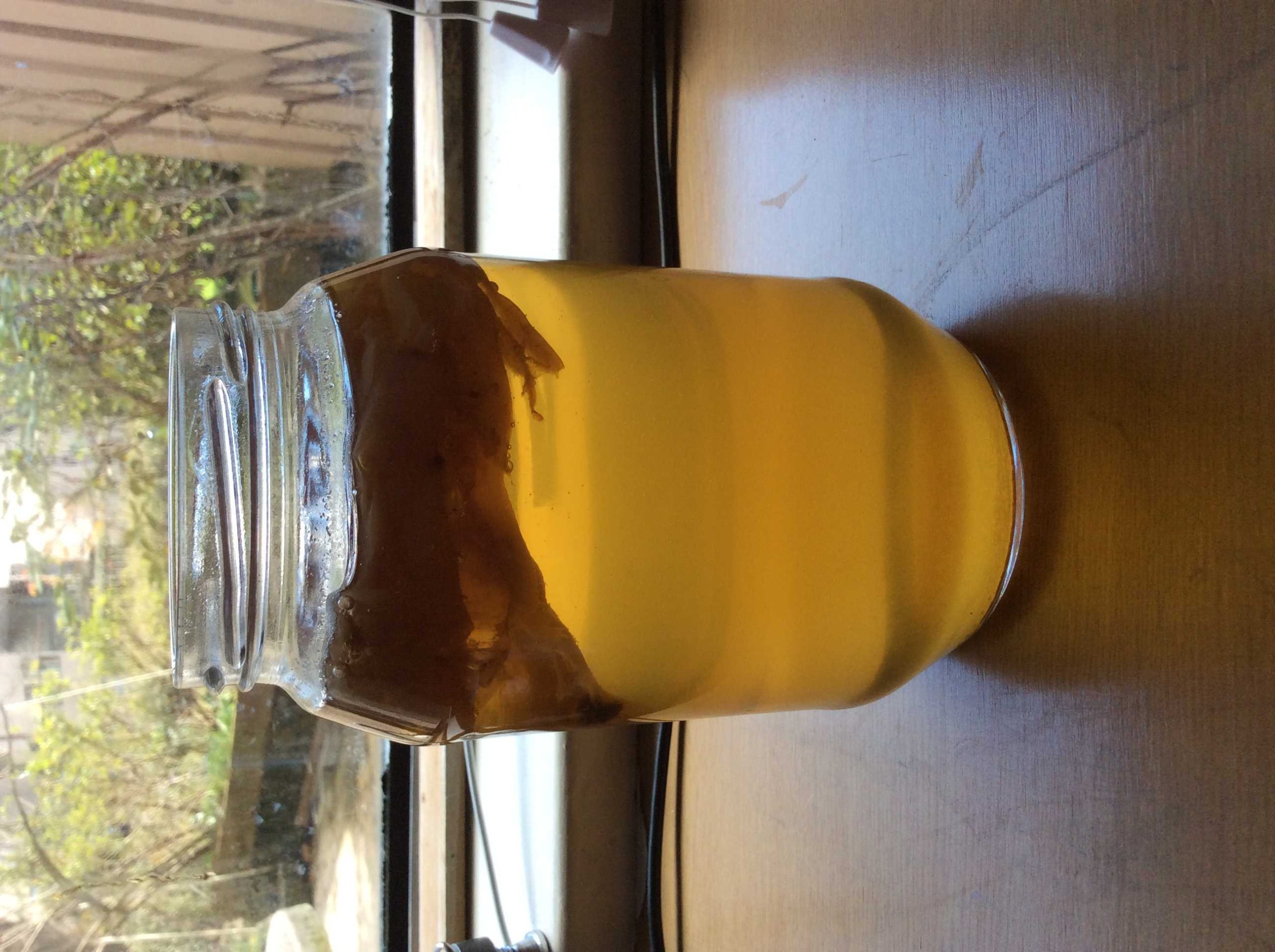
From the ancient traditions of fermenting tea comes a modern drink that has taken the health world by storm – kombucha. This effervescent elixir boasts a tantalizing mix of tanginess and sweetness, but for those looking to keep their sugar intake in check, understanding the ideal kombucha tea to sugar ratio is key. In this article, we will unravel the mysteries behind the perfect balance of tea and sugar in your homemade kombucha brew, guiding you towards a healthier and more personalized kombucha experience.
Table of Contents
- Understanding the Importance of Kombucha Tea to Sugar Ratio
- Achieving the Perfect Balance for Optimum Fermentation
- Impact of Sugar Quantity on Kombucha Flavor Profiles
- Expert Tips for Adjusting Sugar Levels in Your Kombucha Brewing
- Q&A
- The Way Forward
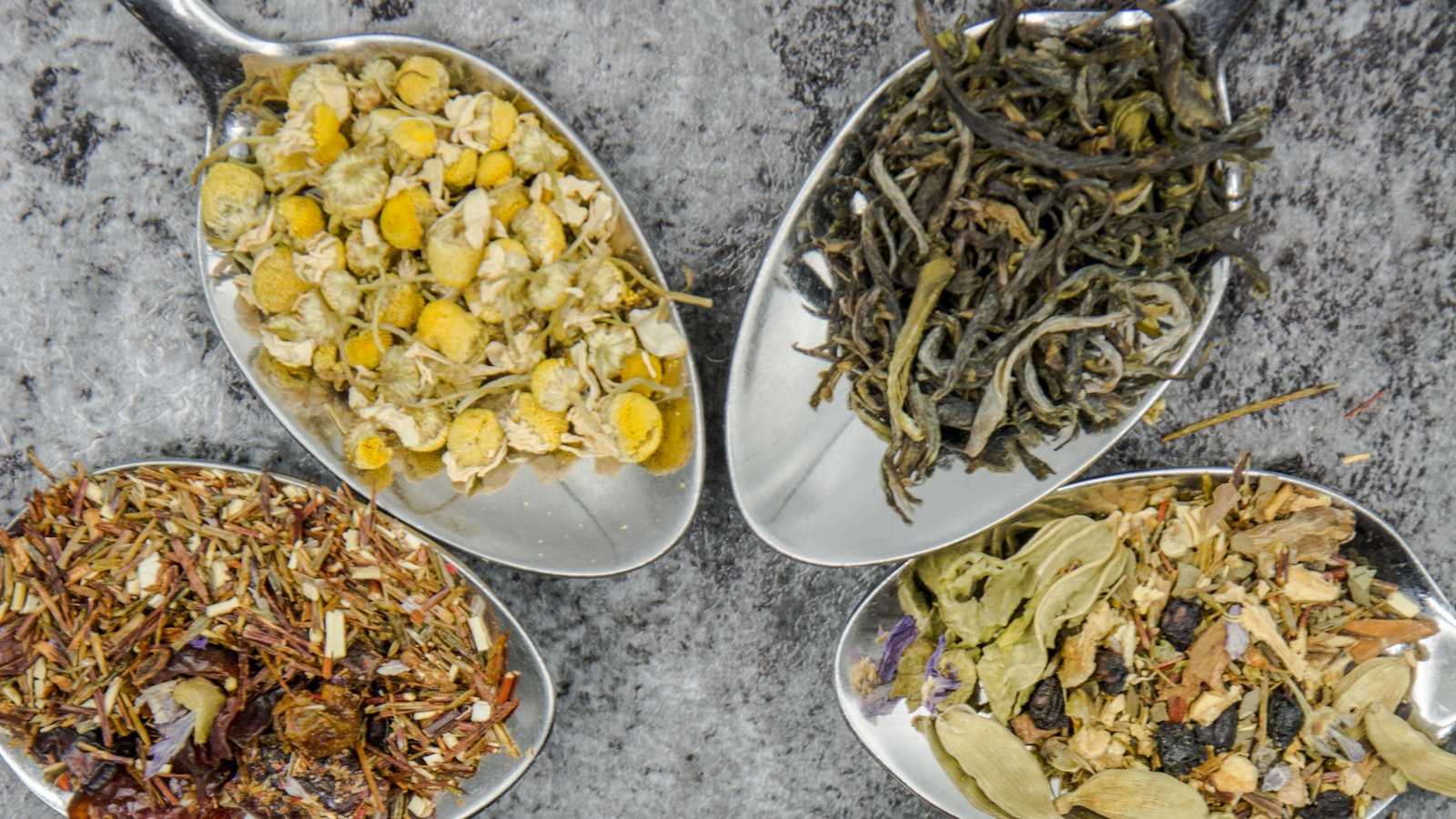
Understanding the Importance of Kombucha Tea to Sugar Ratio
| Tea Type | Sugar Amount | Fermentation Time |
|---|---|---|
| Green Tea | 1 cup | 7 days |
| Black Tea | 3/4 cup | 10 days |
| Oolong Tea | 1/2 cup | 14 days |
When brewing your own Kombucha tea, finding the perfect balance between tea and sugar is crucial for a successful fermentation process. The tea to sugar ratio plays a vital role in the flavor, fermentation speed, and overall quality of your homemade brew. Experimenting with different tea types and sugar amounts can lead to unique taste profiles and health benefits.
**Understanding the impact of the kombucha tea to sugar ratio** allows you to tailor your brewing process to suit your preferences. While some teas may require more sugar for fermentation, others may thrive with less. By adjusting the sugar content, you can create a customized kombucha experience that suits your taste buds and wellness goals. Remember, the art of brewing kombucha lies in the harmony between tea, sugar, and time.
Achieving the Perfect Balance for Optimum Fermentation
In the art of fermentation, the harmonious balance between kombucha tea and sugar plays a vital role in nurturing those beneficial cultures. **Achieving the perfect ratio is akin to conducting a symphony of flavors and health benefits within your brew.** By understanding the intricate dance between these two key components, you unlock the door to a world of deliciously probiotic concoctions.Finding equilibrium is not just about measurements but a sensory exploration of taste and texture. Experimenting with different ratios allows you to tailor your kombucha to suit your palate and desired level of sweetness. Whether you prefer a more tangy brew or a subtly sweet elixir, the interplay between tea and sugar holds the secret to unlocking the full potential of your fermentation journey.
| Ingredients | Ratio |
|---|---|
| Black Tea | 1 cup |
| Sugar | 1 cup |
| Water | 4 cups |
In the realm of kombucha alchemy, less sugar can lead to a more tart and acidic brew, ideal for those who prefer a tangy kick. On the other hand, a higher sugar ratio can result in a sweeter and more mellow flavor, catering to those with a sweet tooth. Experimenting with different sugar quantities opens up a world of flavor possibilities, allowing enthusiasts to customize their kombucha experience to suit their palate. Embracing the journey of sugar experimentation is not only a pathway to unique flavor profiles but also a testament to the creativity and innovation that defines the art of kombucha brewing.
Expert Tips for Adjusting Sugar Levels in Your Kombucha Brewing
Adjusting sugar levels in your kombucha brewing process is a crucial step in achieving the perfect balance of sweetness and tanginess in your homemade beverage. One expert tip is to monitor the fermentation process closely to determine the ideal level of sugar consumption by the SCOBY (symbiotic culture of bacteria and yeast). This can be done by taste-testing your kombucha at different stages to find the optimal sugar-to-acidity ratio.Another useful tip is to experiment with different types of sugars to see how they affect the flavor profile of your kombucha. While traditional recipes often call for white sugar, alternatives like honey, maple syrup, or even fruit juices can be used to add a unique twist to your brew. Each type of sugar will interact differently with the probiotic cultures, leading to varying levels of sweetness and depth of flavor in the final product. By exploring these options, you can tailor your kombucha to suit your preferences and create a truly customized brew that suits your taste buds. Below is a simple table showcasing different sugar options and their resulting flavor characteristics:
| Sugar Type | Flavor Profile |
|---|---|
| White Sugar | Classic sweetness |
| Honey | Floral notes |
| Maple Syrup | Earthy richness |
| Fruit Juices | Fruity and tangy |
A: The ideal sugar-to-tea ratio for making homemade kombucha is crucial for a successful fermentation process. Typically, you’ll want to use about 1 cup of sugar per gallon of tea. This ratio provides the necessary food for the SCOBY (symbiotic culture of bacteria and yeast) to thrive and ferment the tea effectively.
Q: Can I adjust the sugar-to-tea ratio based on my taste preferences?
A: Absolutely! The sugar-to-tea ratio in kombucha can be adjusted to suit your taste preferences. If you prefer a sweeter brew, you can increase the amount of sugar slightly. Conversely, if you prefer a less sweet flavor, you can decrease the sugar content. Just be mindful that altering the ratio too much can affect the fermentation process.
Q: Is it possible to make low-sugar kombucha?
A: Making low-sugar kombucha is indeed possible by reducing the amount of sugar used during the brewing process. You can experiment with using alternative sweeteners like honey, maple syrup, or fruit juices to achieve a lower sugar content. However, keep in mind that the SCOBY still requires some sugar to ferment properly.
Q: How does the sugar-to-tea ratio impact the fermentation time of kombucha?
A: The sugar-to-tea ratio plays a significant role in determining the fermentation time of kombucha. In general, a higher sugar concentration may result in a faster fermentation process, while a lower sugar content may prolong the fermentation period. Monitoring the taste and acidity of your kombucha can help determine when it has reached the desired flavor profile.
Q: Any tips for maintaining a consistent sugar-to-tea ratio with each batch of kombucha?
A: To maintain a consistent sugar-to-tea ratio with each batch of kombucha, it’s essential to measure the ingredients precisely. Use a measuring cup to ensure the correct amount of sugar and tea is added to the brew. Keeping a log or recipe card can also help you track the ratios and make adjustments for future batches. Consistency is key to producing delicious and quality homemade kombucha!

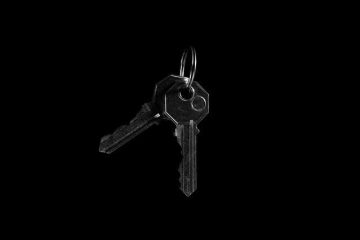
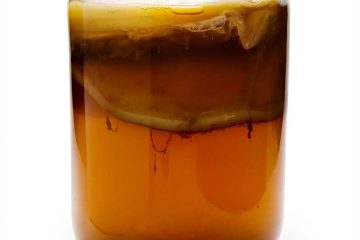
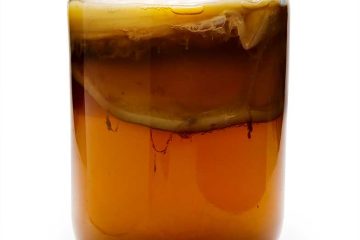
0 Comments